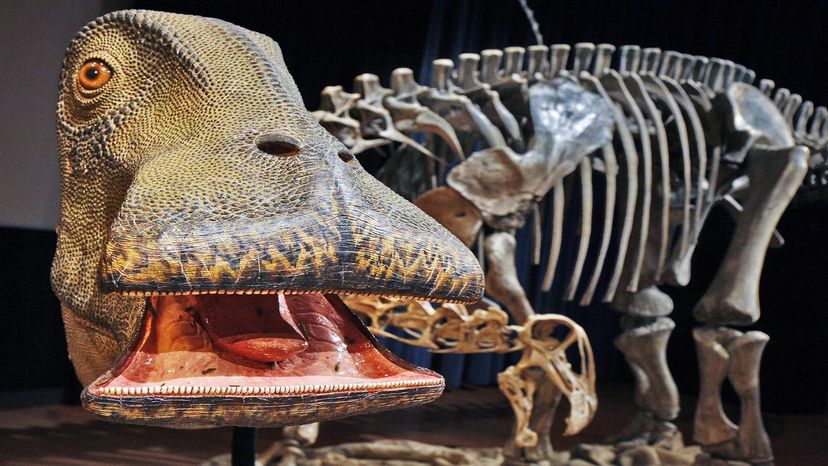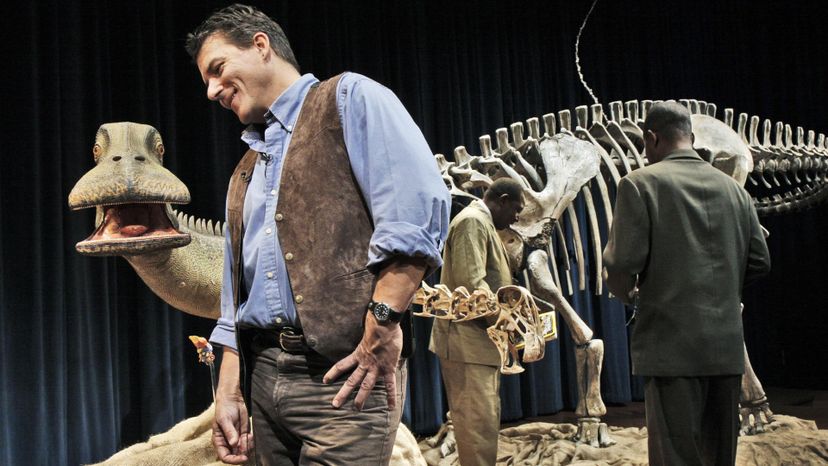
Key Takeaways
- Nigersaurus, a 30-foot-long (9-meter-long) sauropod from the Cretaceous period, had a unique skull with over 500 teeth.
- Known as the "Mesozoic Cow," it had a wide, vacuum cleaner-like muzzle, where its teeth were constantly replacing themselves.
- Fossil evidence suggests it lived in what is now the Sahara Desert, feeding on ferns and other vegetation in its lush, riverine habitat.
"Mesozoic Cow" reads like a joke cribbed from Gary Larson's "The Far Side." But it's not. That nickname was given to the African dinosaur Nigersaurus taqueti — back when some new discoveries about its appearance were made public in nigersaurus.shtml">2007.
Speaking to NPR at the time, paleontologist Paul Sereno called Nigersaurus (pronounced NI-juhr-SOR-us) "the weirdest dinosaur I've ever seen." He then compared its face to a vacuum cleaner.
Advertisement
What dinosaur has 500 teeth? An unorthodox herbivore, this reptile grazed in what's now the Sahara Desert 110 million years ago. These sauropod dinosaurs gathered food with a big, broad mouth; the snout was wider than the back of the creature's head on the original fossil skull.
And Nigersaurus had teeth to spare. Hundreds. In fact, this dinosaur had 500 teeth.
Advertisement
